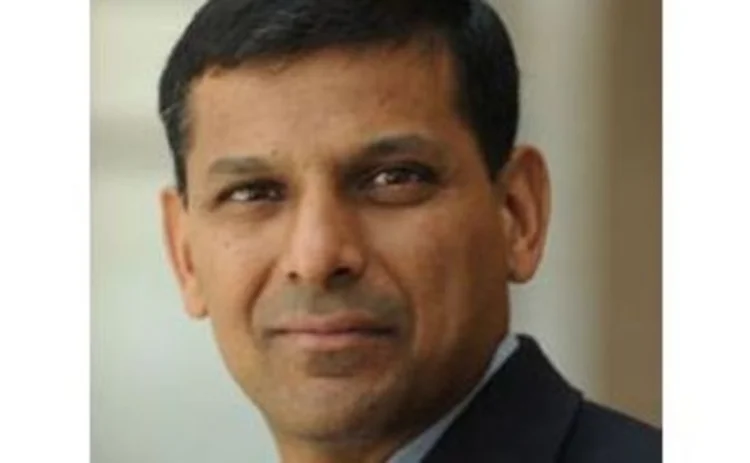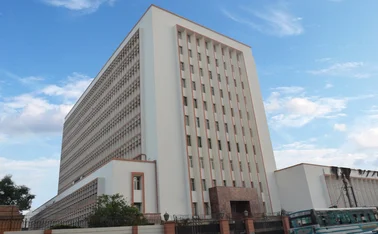
Rajan unveils rate hike - and cut - as QE lingers on

Reserve Bank of India (RBI) governor Raghuram Rajan today caught out many observers by hiking interest rates at a time when the Indian economy is recuperating from arguably its toughest economic patch since the early 1990s.
The RBI raised the repo rate to 7.5%, contrary to the wishes of the country's business community, which had predominantly been calling for a cut – citing inflation pressures and looming Federal Reserve tapering.
"Recognising that inflationary pressures are mounting and determined to establish a nominal anchor that will allow us to preserve the internal value of the rupee, we have raised the repo rate by 25 basis points," Rajan said in a written statement.
Bijay Kumar, economist at JP Morgan, who said the hike was "not great news" from a market perspective, described it as a "reversal" of RBI policy during the past three months to preserve the rupee's external value and a shift in focus to "the internal value by controlling inflation".
Anubhuti Sahay and Nagaraj Kulkarni of Standard Chartered said in a note that the "unexpected policy rate hike and a strong hawkish bias" were likely to dampen market sentiment, adding that the rupee's 9% appreciation since the beginning of September and a continuation of the Fed's asset purchases had shifted the RBI's focus back to domestic factors.
Rajan underscored, however, that "the postponement of tapering is only that, a postponement", adding that now was the "time to create a bulletproof national balance sheet and growth agenda, which creates confidence in citizens and investors alike".
The rupee lost around 20% of its value against the dollar between May and August, with much – but not all – of this decline coming after suggestions in June by Fed chairman Ben Bernanke that the Fed's $85 billion-a-month asset purchases were drawing to a close.
On Wednesday, however, Bernanke said US economic conditions were not sufficiently strong to begin tapering so there would be no changes to the Fed's quantitative easing programme for the time being.
More short-term liquidity
The RBI also cut the marginal standing facility (MSF) rate (at which banks can borrow overnight from the RBI) by 75 basis points to 9.5% and reduced lenders' minimum daily capital reserve ratio (the amount of funds they have to keep with the central bank) from 99% to 95%.
The RBI introduced several "exceptional liquidity measures", including raising the MSF rate from 8.25% to 10.25% – 3 percentage points above the repo rate – this northern hemisphere summer, to prop up its flailing currency.
Rajan said "easing the exceptional liquidity measures was warranted given that the external environment has improved". He added that the move would "provide a boost to growth, reduce the financing distortions that are emerging in the market, and reduce the strain on corporate and bank balance sheets".
Kumar was less sanguine, noting that while lenders' such as corporates and a number of private-sector banks that are dependent on short-term money-market instruments will have access to cheaper funding from today onwards, they are "not a huge segment of the market".
"The money market rate is more linked to the MSF rate but that is not true for... [large] banks like ICICI Bank or State Bank of India... [or] the banking system as a whole," Kumar said.
Rajan emphasised it is the RBI's intention "to return to normal monetary operations where the repo rate will return to being the effective policy rate and liquidity conditions need not be as tight as they currently are".
He also said the RBI had implemented the full liberalisation of bank branching, "with some safeguards to encourage inclusion", on Thursday – the first of a raft of reforms announced by Rajan upon taking office two weeks ago.
Only users who have a paid subscription or are part of a corporate subscription are able to print or copy content.
To access these options, along with all other subscription benefits, please contact info@centralbanking.com or view our subscription options here: http://subscriptions.centralbanking.com/subscribe
You are currently unable to print this content. Please contact info@centralbanking.com to find out more.
You are currently unable to copy this content. Please contact info@centralbanking.com to find out more.
Copyright Infopro Digital Limited. All rights reserved.
You may share this content using our article tools. Printing this content is for the sole use of the Authorised User (named subscriber), as outlined in our terms and conditions - https://www.infopro-insight.com/terms-conditions/insight-subscriptions/
If you would like to purchase additional rights please email info@centralbanking.com
Copyright Infopro Digital Limited. All rights reserved.
You may share this content using our article tools. Copying this content is for the sole use of the Authorised User (named subscriber), as outlined in our terms and conditions - https://www.infopro-insight.com/terms-conditions/insight-subscriptions/
If you would like to purchase additional rights please email info@centralbanking.com
Most read
- ECB staff speak out against changes to internal survey
- Central bank of the year: Central Bank of Brazil
- French president calls for expanded ECB mandate







